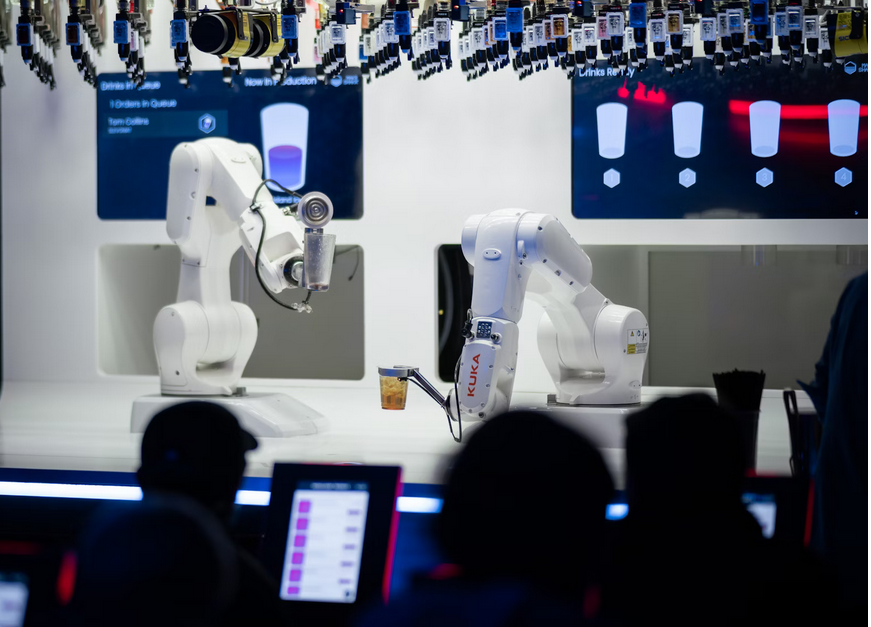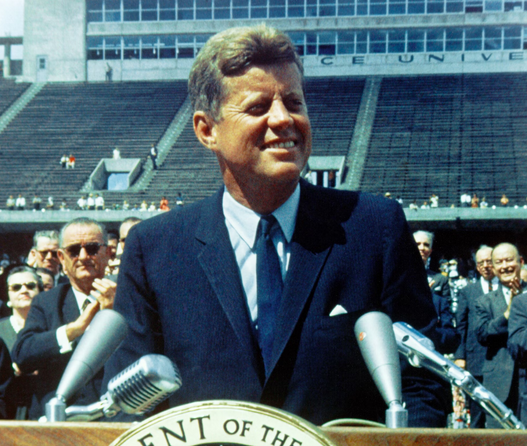
Experienced UIUC graduate student specializing in Math, Computer Science, and Writing
Availability:
Every day, 10:00am-10:00pm PST
Subjects:
Math
Computer Science
Writing
Newsom and Nvidia Signal Partnerships to Bring AI to Community Colleges
Last Updated:

- Governor Gavin Newsom signed a Memorandum of Understanding with NVIDIA and California Community Chancellor to signal support for exploring new AI education initiatives.
- A successful study strategy involves reducing your cognitive load so you can focus
- Your planning system, your emotional state, and your environment all impact your cognitive load
Governor Gavin Newsom, NVIDIA CEO Jensen Huang, and California Community College Chancellor Sonya Christian signed a non-binding Memorandum of Understanding (MOU) as the first step in bringing AI education initiatives to community colleges.
The MOU is not an endorsement of a specific plan or a binding agreement that commits resources from any party involved. Instead, it outlines the types of initiatives that NVIDIA might support in a partnership with the state that would receive support. The four primary objectives are economic development, workforce enablement, statewide innovation, and strategic initiatives.
In other words, it’s basically a wish list. But it’s still useful to know what the ideal integration into education looks like for AI.
Shared Resource Access
Whenever new technologies and ideas arise, a huge rush of early adopters experiment with the tools available to them. In order for successful experiments to be widely adopted, a resource sharing framework needs to be in place that can facilitate the spread of knowledge.
- Sponsor AI laboratories capable of innovation
- Sponsor AI hardware, software, and cloud computing resources to support educational and research initiatives
- Identify funding and resource opportunities
- Integrate digital collaboration platforms for academic institutions, industry partners, and government agencies.
Customized Curriculum Integration and Development
We’re still in the infancy of AI education. I have a specialization in Intelligent Systems as part of my Computer Science degree from UC Irvine, but not every college has AI-related specializations as part of their technology programs. I learned a lot in my classes and through research, but the rate of progress and innovation in AI is so high that the state-of-the-art methods are entirely different.
- Integrate AI and machine learning modules into curriculums with up-to-date content
- Support integration of AI concepts into other academic disciplines
- Host or participate in workshops, seminars, and networking events featuring AI professionals
- Create opportunities for students to engage with industry, such as conferences and events
- Support initiatives to bring students, educators, and industry professionals into collaboration
- Supporting hackathons, design sprints, showcases, and other collaborative AI events
- Provide resources and mentorship to early-stage AI startups, especially for addressing critical state challenges
- Support community-driven initiatives for AI education and awareness, such as grants and partnerships for local organizations
Faculty Development Initiatives
We can’t forget the importance of upskilling our teachers while we update our student curriculums.
Offer training programs, workshops, and other professional development opportunities for faculty, potentially identifying certified AI ambassadors
Facilitate sharing of AI resources between higher education institutions
Certifications and Credential Programs
To accompany the resources and curriculum design, we might benefit from a system that tests and trains foundational AI competencies in students and instructors alike.
Develop learning paths and industry-recognized certifications for AI in specific sectors
Offer train-the-trainer programs to help faculty become certified AI instructors
Identify and support underrepresented groups seeking certifications
Develop pathways for AI skills and training in state careers
Innovation and Job creation for Public Sector and Commercial Enterprise
To properly capitalize on the AI skills and resources developed by these initiatives, collaboration between public and private entities is essential, especially for inclusion in services like public safety and education.
- Offer technical guidance and mentorship to commercialize AI innovations
- Support collaborations between universities and startups to create pipelines for AI talent
- Create opportunities for students to work on real-world AI projects through NVIDIA
- Implement AI adoption across state agencies and create new roles for specialists in government
- Establish dedicated funds to support AI workforce development initiatives across education and industries
- Facilitate partnerships between tech companies, educational institutions, and state agencies to create innovation zones and job hubs
- Create AI teacher certification programs for AI education at all levels
If — and that’s a big IF — we can actually execute these initiatives successfully, California will be able to keep much of its workforce modernized through automation coming to us with AI. The initiatives encompass a broad set of vital areas, including research, education, industry, and community. Again, this is mostly a wishlist right now, but we can still see that California’s leadership is leaning hard into AI as it grows widely adopted.
Related Articles

What To Do When AI Detectors Accuse You Of Plagiarism

Applications of AI in Education

The Rise and Fall of Affirmative Action

Remote Learning is a Game-Changer for Global Education

Pleasanton Mayoral Candidates Square off Over 10 Key Issues
